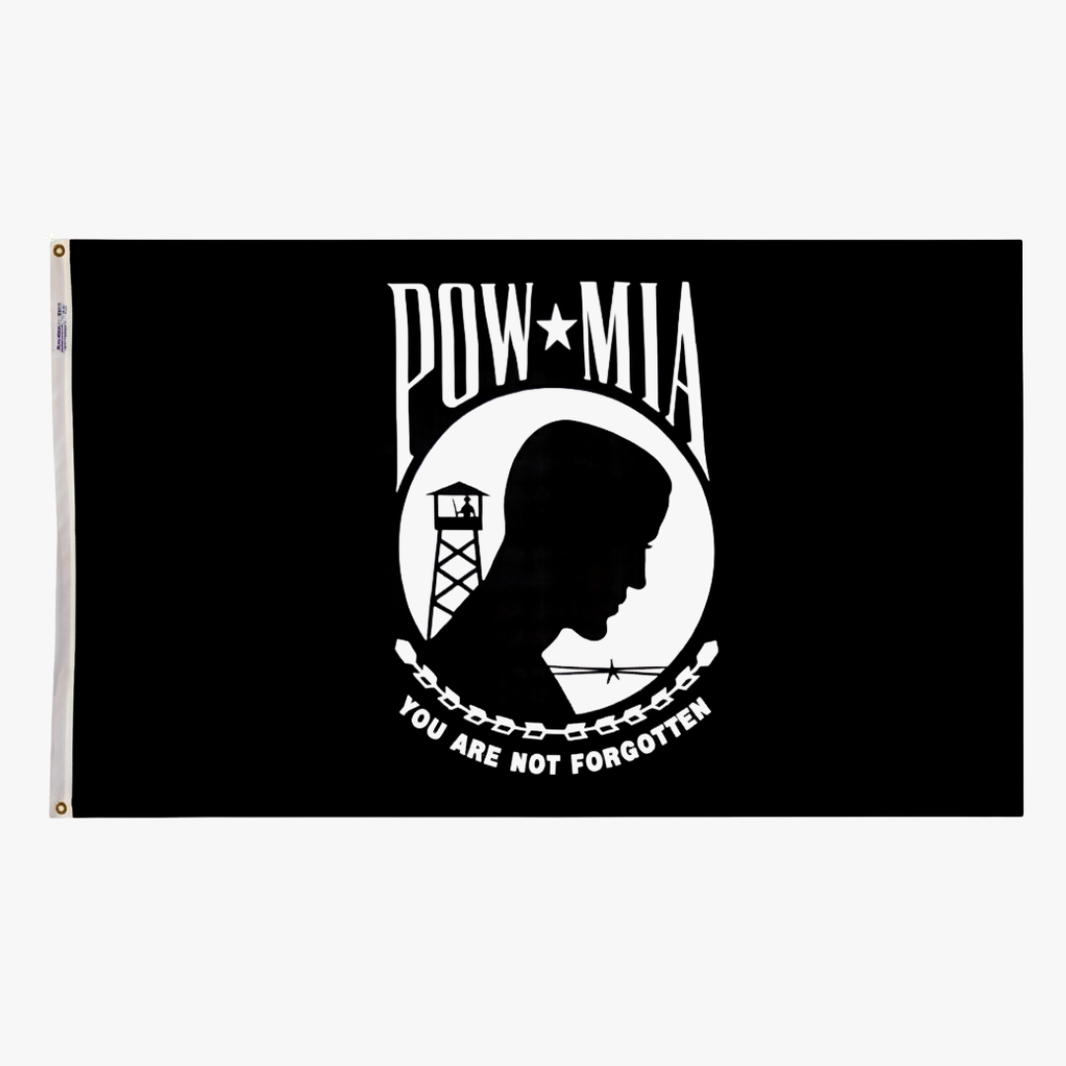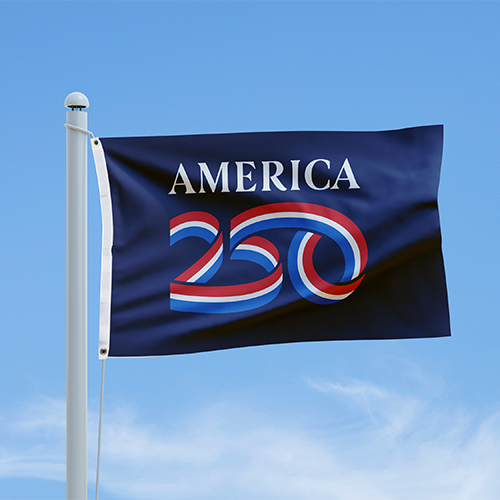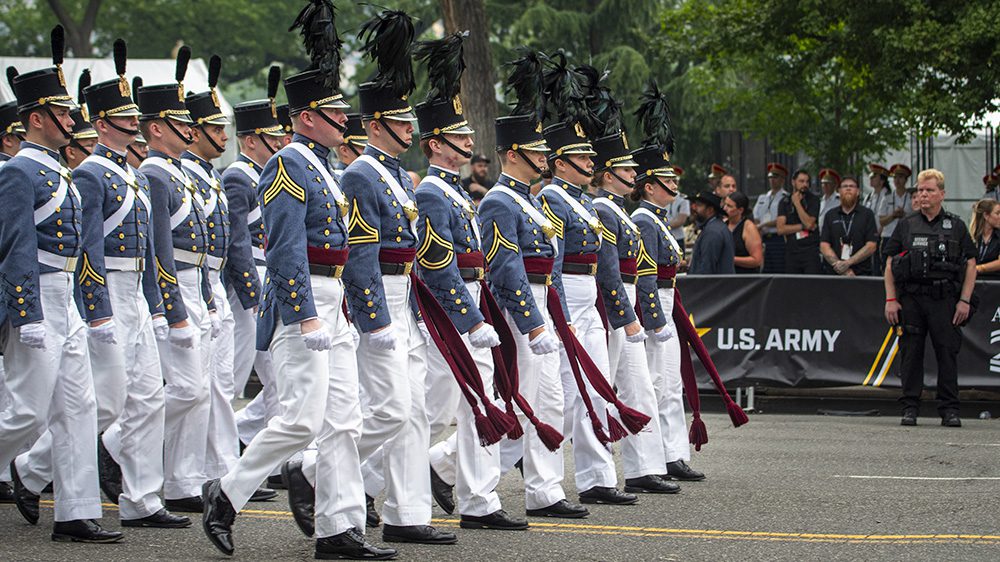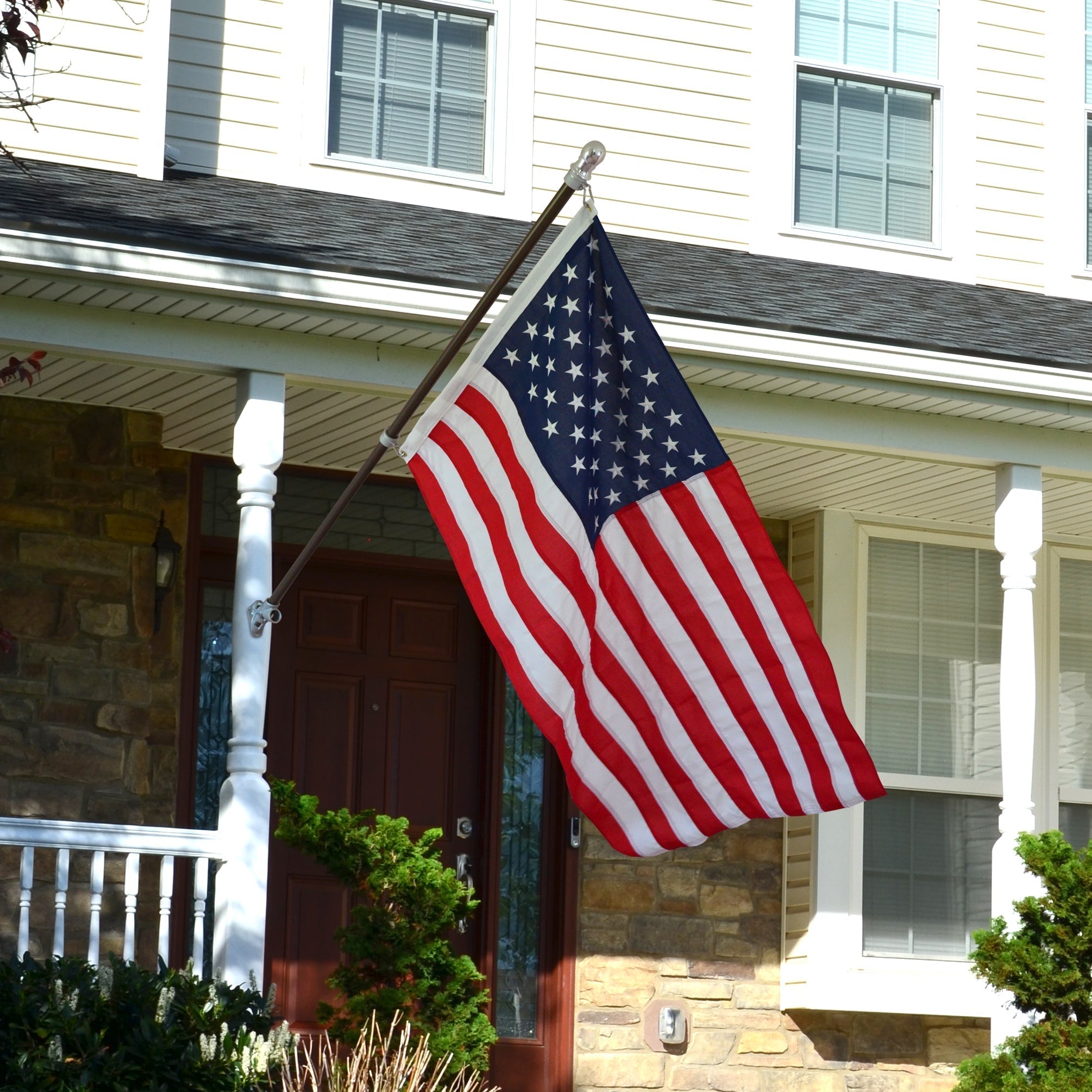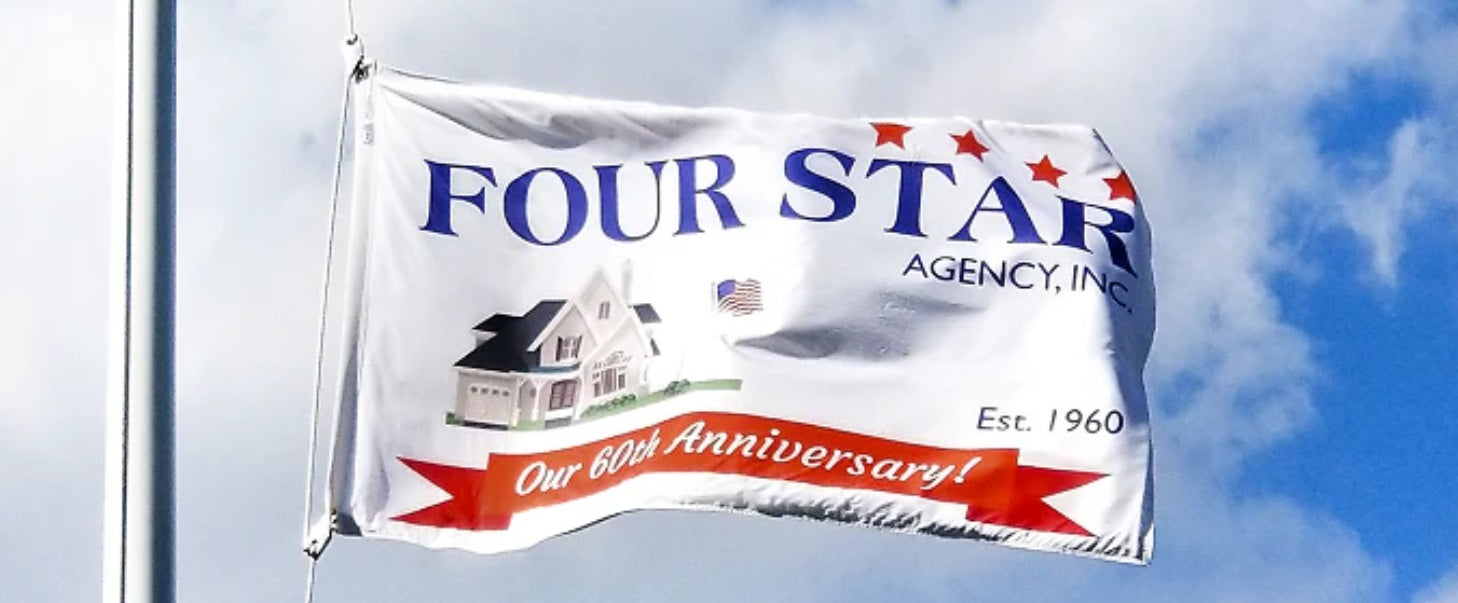
A Basic Guide to Flagpole Installation
A decorative flagpole makes a beautiful addition to your home’s skyline and a poignant symbol of your national pride. In the following guide we take a closer look at the process of installing a flagpole properly so that it will withstand strong winds and eventually become a landmark of your neighborhood.
The good news is that this process is not especially difficult. Nevertheless, it does require intermediate to advanced DIY skills to complete effectively. If, by the end of the article you feel less than certain of your own capacity to do address the task entirely, remember that professional installation services are just a phone call away.
Step 1: Choosing a spot
The first thing to do is to decide where you want your flagpole located. In a residential area, your pole can be as high as 25 ft. But, you will want it to be at a good height and location to catch the wind as it blows from various angles. Most of the joy having a flag over your home is watching it billowing majestically in the evening breeze – consider the lighting as well.
But, the most important part of this task will be making sure you can excavate in any particular location without disrupting subterranean pipes, wires, gas tubes or sprinkler systems. Contacting your local building authority or city planner can keep you safe from any costly errors.
Step 2: Creating a Foundation
You can’t just drive the flagpole into the ground “Iwo Jima” style and hope it will stand strong, it needs to be firmly planted in a sleeve, in a concrete foundation in a hole appropriate for the height of the flagpole you want. This hole should also be about 5 times as wide as the base of the flagpole.
You will need a proper post hole digger, but a professional service will typically use an auger and complete the hole within a minute or two. –– if you feel capable this equipment can be rented. Once the hole is complete it will need to be properly filled with gravel and cement while a special sleeve creates the socket for the flagpole. This can be a bit tricky for first-timers and very important to the final product. If your concreting skills are below intermediate, get professionals to help.
Step 3: Setting up the Flagpole
Once the foundation has set properly and you have ensured the sleeve is solid, it is time to prepare the flagpole for installation. This involves attaching the truck (the part that holds the ropes called halyards) to the top of the pole and threading the halyards (ropes), but not too tightly.
If you have a finial, the ornamental crest or ball, attach this now. You can also go ahead and attach the cleat and hooks as per the instructions on your flagpole manual. Now all that is left to do is raise the pole into its sockets. Depending on your flagpole size you may need three or more people to do this right. A falling flagpole is a potential risk of injury and property damage so make sure you have more than enough help.
Be extra careful for power lines in the vicinity as the risk of electrocution is potentially fatal. After the flagpole is inside the sleeve it will need to be leveled with the addition of sand. Make sure your helpers do not let go of the pole until this task is complete. You will need a level to ensure your flag pole is perfectly vertical.
After the pole is secured you can cut the halyards to the right size and hoist the flag or flags into the sky.
Final thoughts –– as you can see the task is not especially complex. Nevertheless, without some experience and skill, there are many ways it can go terribly wrong. If you are not sure you can complete all these steps yourself, it would be better and less expensive to call in the professionals.


